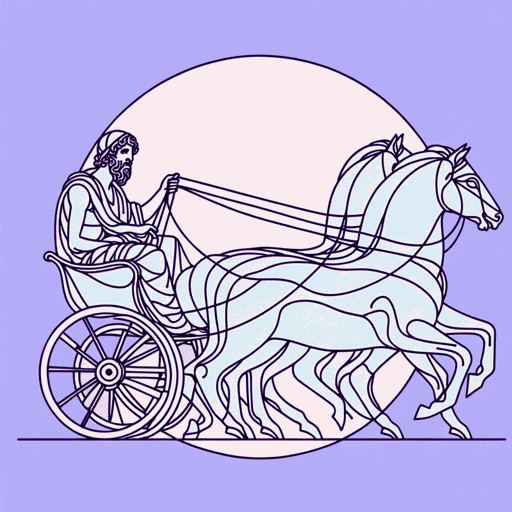37 pages • 1 hour read
PlatoPhaedrus
Nonfiction | Essay / Speech | Adult | BCEA modern alternative to SparkNotes and CliffsNotes, SuperSummary offers high-quality Study Guides with detailed chapter summaries and analysis of major themes, characters, and more.
Summary
Prelude (227-230)
The Speech of Lysias (231-234)
Interlude—Socrates’s First Speech (234-241)
Interlude—Socrates’s Second Speech (242-245)
The Myth. The Allegory of the Charioteer and His Horses—Love Is the Regrowth of the Wings of the Soul—The Charioteer Allegory Resumed (246-257)
Introduction to the Discussion of Rhetoric—The Myth of the Cicadas (258-259)
The Necessity of Knowledge for a True Art of Rhetoric—The Speeches of Socrates Illustrate a New Philosophical Method (258-269)
A Review of the Devices and Technical Terms of Contemporary Rhetoric—Rhetoric as Philosophy—The Inferiority of the Written to the Spoken Word (269-277)
Recapitulation and Conclusion (277-279)
Key Figures
Themes
Symbols & Motifs
Important Quotes
Essay Topics
The Myth. The Allegory of the Charioteer and His Horses—Love Is the Regrowth of the Wings of the Soul—The Charioteer Allegory Resumed (246-257)Chapter Summaries & Analyses
Summary: “The Myth. The Allegory of the Charioteer and His Horses—Love Is the Regrowth of the Wings of the Soul—The Charioteer Allegory Resumed”
Socrates declares that mortals cannot truly describe the nature of the soul, but we can approximate the truth by using an allegory. He compares the soul to a winged charioteer driving two horses: one well-bred and obedient, and the other impulsive and disobedient. The “wings” of the soul are things that raise the soul closer to the divine.
Socrates describes a procession of the Olympian gods and how the path they travel is easily taken by the “horses,” which guide them, but is impossible for the soul that is guided by the “evil” horse, which drags the soul down towards the earth. The realm to which the gods can ascend is the realm of pure truth, and can only be understood by pure intellect, which is separate from the physical world. In this realm lies “reality without color or shape, intangible but utterly real” (52). Human souls can approach, but not entirely gain, this view of reality that the gods can see, as the behavior of their souls’ “horses” keeps them from it. The noble “horse” of the soul seeks the “pasture” of the world of absolute truth, but when the soul falls away from the path that leads to it and drops to earth, it takes up an incarnation in various types of human bodies.
Related Titles
By Plato
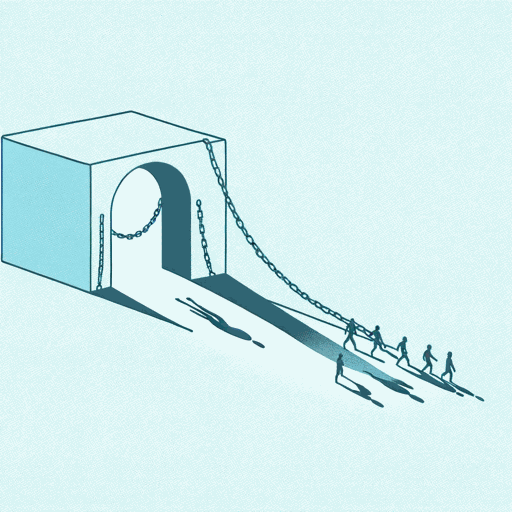
Allegory Of The Cave
Plato

Apology
Plato
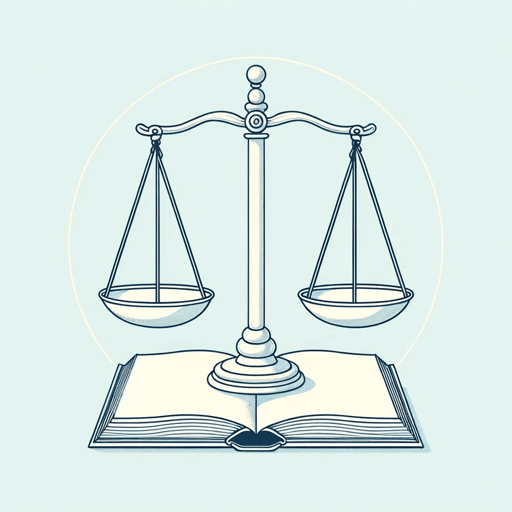
Crito
Plato
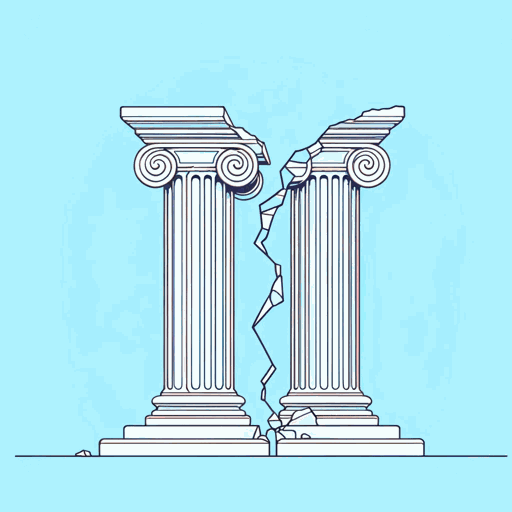
Euthyphro
Plato
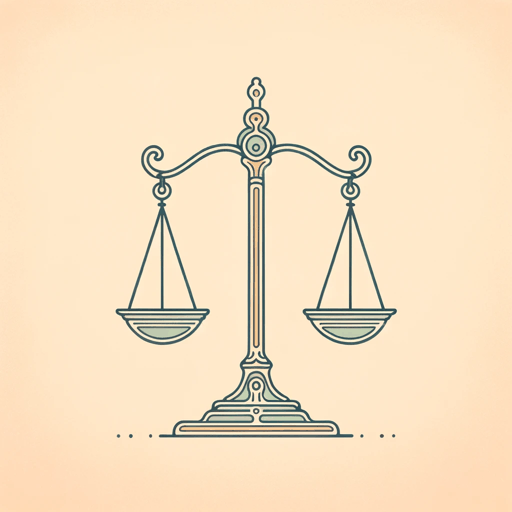
Gorgias
Plato

Ion
Plato

Meno
Plato

Phaedo
Plato
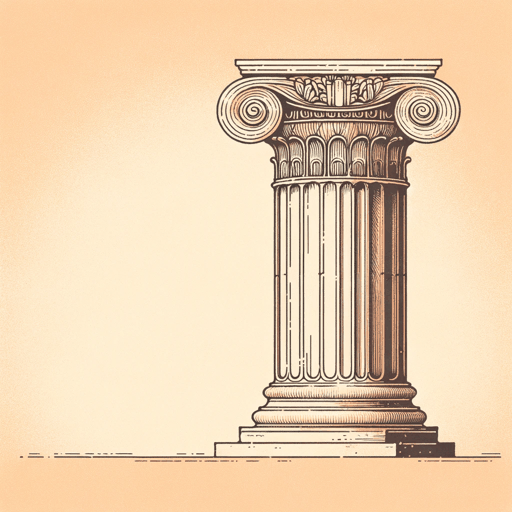
Protagoras
Plato

Symposium
Plato

Theaetetus
Plato

The Last Days of Socrates
Plato

The Republic
Plato
